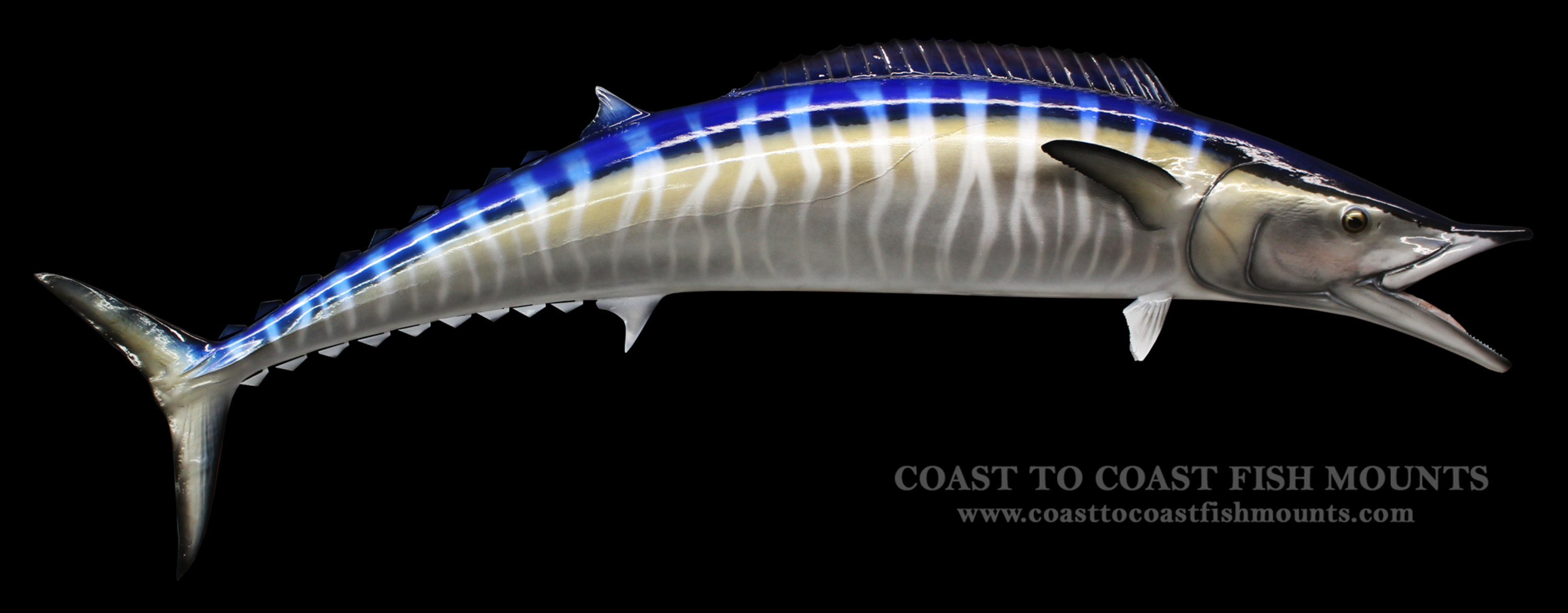

Most wahoo taken from waters have a trematode parasite, the giant stomach worm ( Hirudinella ventricosa), living in their stomachs, but it does not appear to harm the fish. The gender ratio of wahoo favors females over males with ratios ranging from 1:0.9 (Puerto Rico) to 3.5:1 (North Carolina), which is common for most pelagic marine species.


From a study surrounding the Western and Central Pacific Ocean (WCPO), an analysis of the stomach contents of wahoo indicated that their diet consists of 84.64% native fish, 14.26% cephalopods (e.g. Their diet is made up of other fish and squid. Where conditions are suitable, they can be found in schools around 100 or more. Wahoo tend to be solitary or occur in loose-knit groups of two or three fish. The eggs of the species are buoyant and the larvae are pelagic. Population genomic research using RAD sequencing indicates that two weakly differentiated fish stocks are in the Atlantic and Indo-Pacific Oceans, likely with a considerable degree of migration and gene flow between these populations. Wahoo have a circumtropical distribution and are found in Atlantic, Pacific, and Indian Oceans. Barracuda have prominent scales and larger, dagger-like teeth, and lack the caudal keels and blade-like (forked) tail characteristic of the scombrids. The barracuda is sometimes confused with the mackerel and wahoo, but it is easy to distinguish from the latter two species. The teeth of the wahoo are similar to those of king mackerel, but shorter and more closely set together. In contrast, the mandible of the king mackerel is always visible, as is also the case for the smaller Spanish mackerel and Cero mackerel.
#WAHOO FISH SPEED SKIN#
The wahoo may be distinguished from the related Atlantic king mackerel and from the Indo-Pacific narrow-barred Spanish mackerel by a fold of skin that covers the mandible when its mouth is closed. They are among the fastest fish in the sea. Specimens have been recorded at up to 2.5 m (8 ft 2 in) in length, and weighing up to 83 kg (183 lb). Both the upper and lower jaws have a somewhat sharper appearance than those of king or Spanish mackerel. The mouth is large, and the teeth of the wahoo are razor sharp. Its body is elongated and the back is an iridescent blue, while the sides are silvery with a pattern of irregular vertical blue bars. The species is sometimes called hoo in the United States. It is best known to sports fishermen, as its speed and high-quality flesh makes it a prized and valued game fish. Wahoo ( Acanthocybium solandri) is a scombrid fish found worldwide in tropical and subtropical seas. Acanthocybium sara (Lay & Bennett, 1839).( Cuvier in Cuvier and Valenciennes, 1832)


 0 kommentar(er)
0 kommentar(er)
